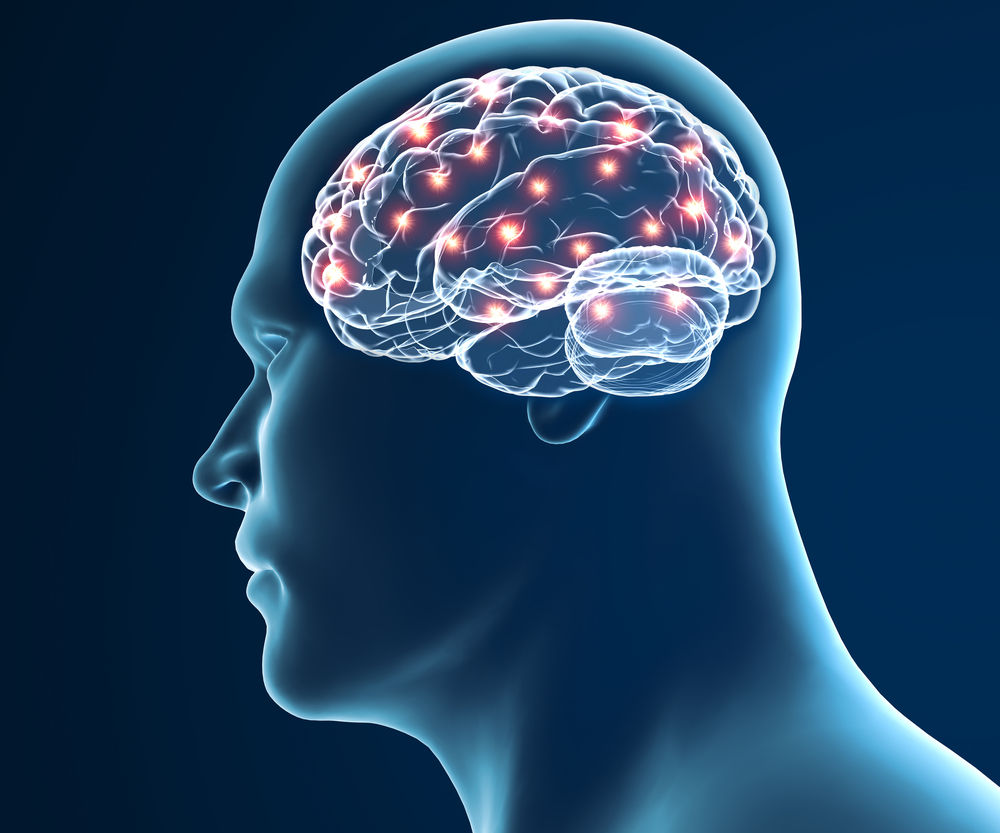New AI Analysis of Blood Samples May Help Predict Progression of Neurodegenerative Diseases, Study Says

A new artificial intelligence (AI) algorithm can accurately predict the severity and progression of neurodegenerative diseases, such as Alzheimer’s and Huntington’s, by analyzing gene expression data from blood samples, researchers say.
As the progression of these diseases is unique in every patient, this diagnostic algorithm has significant potential value in tracking a patient’s condition and providing specific information about the type of treatment necessary based on the current state of their disease.
Researchers are now planning to build a similar algorithm for other neurodegenerative conditions such as Parkinson’s and amyotrophic lateral sclerosis.
The study describing the algorithm, “Blood and brain gene expression trajectories mirror neuropathology and clinical deterioration in neurodegeneration,” was published in Brain: A Journal of Neurology.
In the past, most analyses of neurodegenerative diseases relied on data collected at individual time points, resulting in “snapshots” of disease progression. By aggregating data from many patients, the new algorithm aims to overcome these limitations.
Researchers at The Neuro (Montreal Neurological Institute-Hospital) of McGill University and the Ludmer Centre for Neuroinformatics and Mental Health developed the algorithm by examining gene expression data and brain assessments from 1,969 patients.
These samples were collected from three major sources: the Religious Orders Study and Memory and Aging Project (ROSMAP) Study, Harvard Brain Tissue Resource Center (HBTRC), and Alzheimer’s Disease Neuroimaging Initiative (ADNI). All are databases that have been made available to the public for scientific research and collaboration.
For ROSMAP and HBTRC, information of which genes were active, and to what extent, was collected directly from cells in the prefrontal cortex, a region of the brain that is often affected by neurodegenerative conditions, shortly after the patient had died. For the ADNI database, gene expression data was collected from blood samples.
All samples were accompanied by information about brain disease, collected either by autopsy or by comprehensive neuroimaging.
Scientists then used an algorithm to create an artificial timeline of genetic expression that corresponded to the progression of the disease. This was done by comparing gene expression profiles from brain cells in patients with neurodegenerative disease to the profiles of brain donors without dementia, which were used as controls.
The difference in gene expression between patients and controls was referred to as the molecular score of pathological progression. An individual with a higher molecular score would have a larger difference in their gene expression profile when compared to the controls.
The molecular score assessment was then compared to the brain assessments, which offered insight into the severity of the illness at time of death. The researchers found that these two metrics had a significant association, even in a database (HBTRC) that included both Alzheimer’s and Huntington’s patients, providing researchers with confidence in the accuracy of their algorithm.
The artificial timeline created by this algorithm could allow researchers in the future to predict the progression of these diseases, based on the collected genetic expression data.
“This test could one day be used by doctors to evaluate patients and prescribe therapies tailored to their needs,” Yasser Iturria-Medina, the study’s first author, said in a press release. “It could also be used in clinical trials to categorize patients and better determine how experimental drugs impact their predicted disease progression.”
As the prior experiments all relied on genetic data taken directly from brain cells, the researchers also tested whether similar conclusions about the molecular score could be reached from genetic data collected from a more accessible tissue.
They applied the algorithm to the third database, ADNI, which included gene expression data from blood samples. Again, a correlation was found, suggesting that molecular data from blood samples closely mimics the molecular changes occurring in the brain of people with neurodegenerative diseases.
In fact, the algorithm identified a total of 845 relevant genes — involved in 88 signaling pathways — that were associated with the progression of Alzheimer’s and Huntington’s when looking at samples collected from brain cells. In blood samples, the algorithm identified 85%–90% of the same pathways, suggesting that a blood test may potentially be used to predict disease progression.






